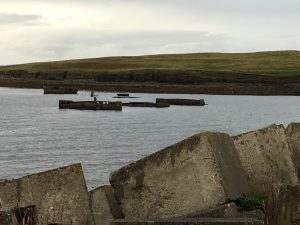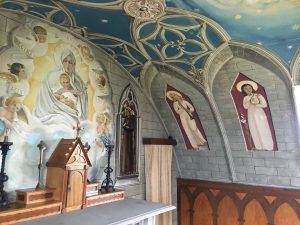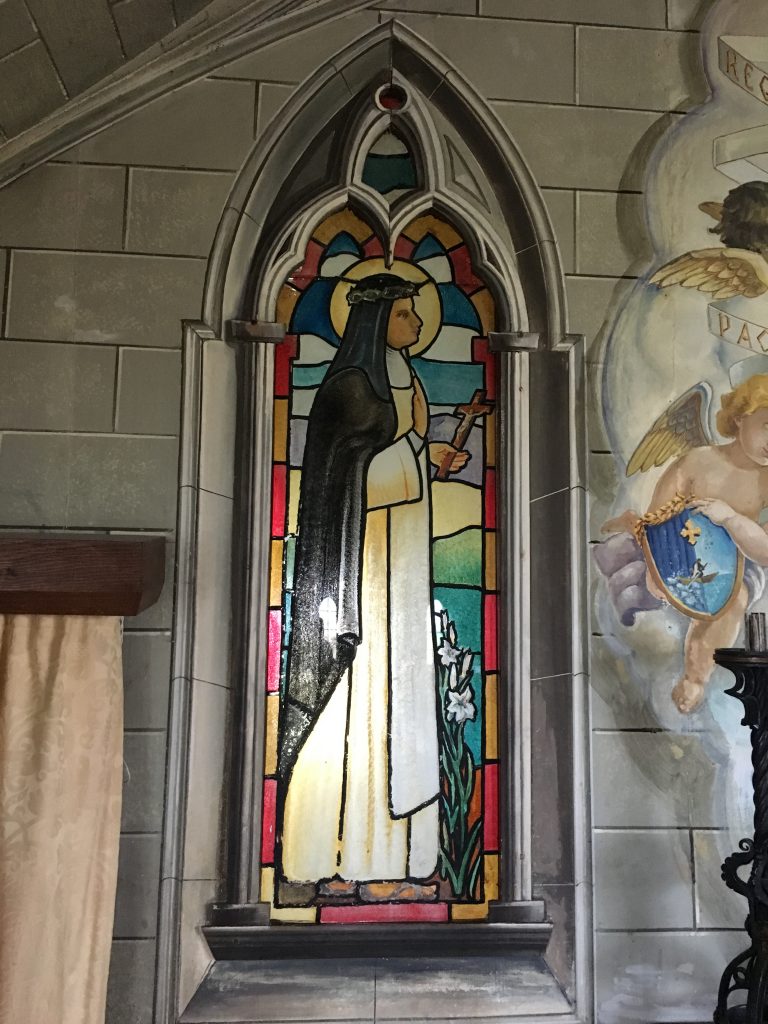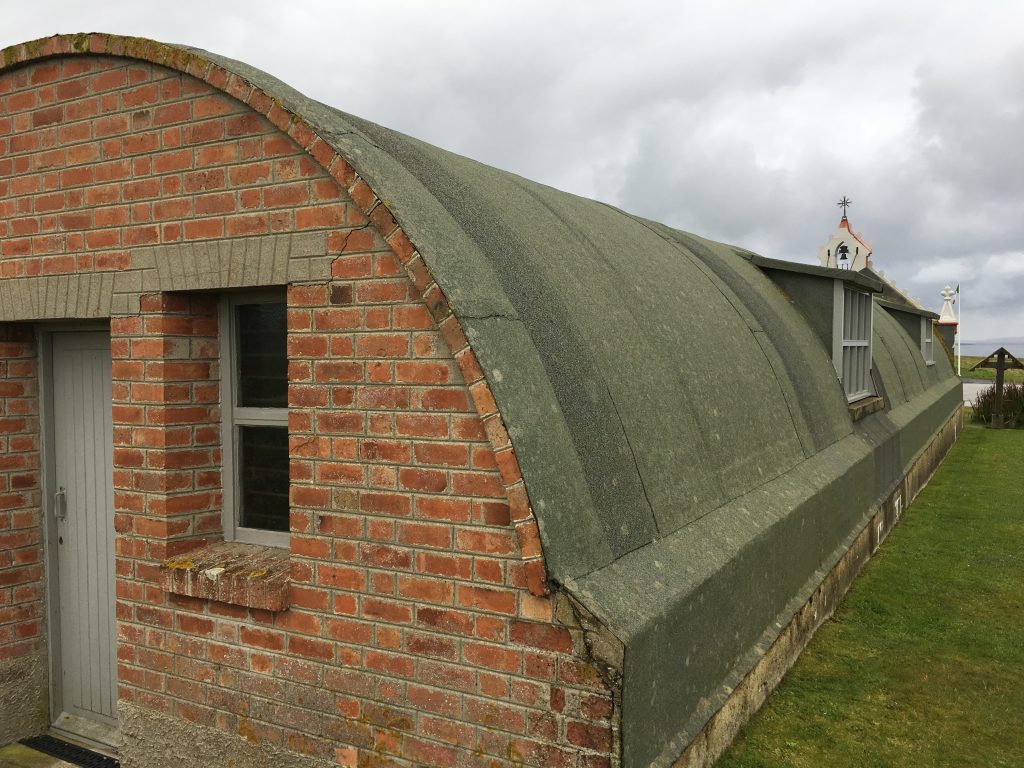The Italian Chapel
Who said Nissan huts were boring?
Nissan huts are almost ubiquitous on the Orkney Islands as a result of the Orkney’s place in war history. One of the more unusual uses of Nissan Huts on the Orkney islands is The Italian Chapel.

Cement Blocks – Churchill Barriers
Located on Lamb Holm in the Orkney Islands, The Italian Chapel was built by Italian prisoners of war during WW2. The prisoners were moved from the heat of North Africa to the chilly Orkney Islands, primary to build the Churchill Barriers and are responsible for The Italian Chapel.
The Churchill Barriers were built to protect the Scapa Flow anchorage, following the sinking of HMS Royal Oak by a German U-Boat in late 1939. The Churchill Barriers link Orkney Mainland to South Ronaldsay via Burray , Lamb Holm and Glimps Holm. The Churchill Barriers link Orkney Mainland to South Ronaldsay via Burray, Lamb Holm and Glimps Holm. While the Churchill Barriers are interesting and might make the subject of a post in the future this post is about The Italian Chapel.

View of the Churchill Barriers from the air Source: https://www.visitorkney.com/things/history/the-italian-chapel
The Italian Chapel should be on every Orkney islands visitors places to see. The chapel is visible as a loan building as you approach Lamb Holm across one of the Churchill Bariers from the Orkney Mainland. We visited on cold Autumn mid-afternoon and had the place pretty much to ourselves, just another couple and the lone ticket collector. Access to the interior is no longer free, as it had been until a few years ago but is definitely worth the modest entrance fee.
The story of the Italian Chapel is fascinating. Its existence is due to a combination of factors: the arrival of a new camp Commander Major Buckland, the desire for a place of worship and the arrival of Padre Giacomo in 1943. An important factor may as author Philip Paris suggests may have been the camp commander’s love of all things Italian.
Domenico Chiocchetti oversaw the project works and as an experienced craftsman was responsible for the stunning interior – the altar, tabernackle, windows and coloured glass. Although hard to imagine today, all that was envisaged was two Nissan Huts joined together as a place of worship. The project evolved with the ornate front of the building being added during the construction process. Work on the frontage is credited to Buttapusta a cement worker and the red plaster sculpture of Christ to a POW named Pennisi. There were numeous others who all contributed to this quite special place.
The Chapel was built by the POWs in their own time. They used materials sourced from wherever they could be found – scrap metal and wood sourced froma ship wreck and concrete. 
As you walk through the entrance you are tricked into thinking that the building is lined with brick. The bricks aren’t real but are painted onto the walls. There are painted pictures depicting saints and other religous figures. The altar with its fresco of the Maddona and child with cherubs and the woodwork all around is quite something.

Its easy to get carried away with the stunning architecture of St Peter’s in the Vatican, St Paul’s in London and Notre Dame in Paris, York Minster etc. They are all marvels but The Italian Chapel, stuck in the relatively remote Orkney Islands of Scotland are perhaps even more remarkable. This is a building, a sanctuary built by the POWs in a time of war.
Scarily, as I continued my research for this post, I read that had it not been for the refusal of a demolition team to dismantle the Chapel it would just be an odd memory and not one that we can still enjoy today.

Viewed from the rear the covered Nissan huts are clearly visible
Source for this article. Our visit, Visit Scotland & Visit Orkney, The Guardian, Wikipedia & author Philp Paris.
A nice little piece of history. Those demolition workers deserve a medal!
Yes, we are very lucky indeed.